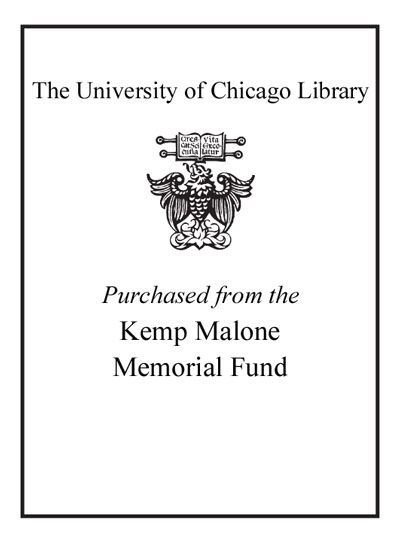The capacity of material remains for eliciting different and sometimes conflicting responses and perspectives is highlighted also in Andrew Hui's discussion of the status of ruins in early modern visual culture. Early modern culture--like medieval or modern cultures, one might add--had no single way of looking at ruins; rather, Hui argues, the ruin constituted an open site onto which humanists could project very different ideas and perspectives. Hui discusses eleven different perspectives on ruins that were, if not in all cases ubiquitous, then at least widespread in early modern thought. As Hui demonstrates, ruins were both "material and metaphoric, architectural, and allegorical," and always responsive to "architectural needs, fashions, and exigencies of the present moment." In keeping with Sebastiano Serlio's assertion that "perspective would be nothing without architecture and the architect nothing without perspective," Hui argues that Renaissance architecture and perspective were both informed by the perception and visualization of ruins. As in the examples discussed by Harris, there is thus a pronounced performative and even theatrical aspect to Hui's ruins in that they are staged spectacles onto which a variety of philosophical, ethical, theological, and political practices and discourses could be projected. John Hines, too, stresses the interactive nature of premodern (fictional) encounters with material remains. Indeed, he observes that traces of the material past are so pervasive that no society can escape some form of engagement with it; nevertheless, he maintains, the later Middle Ages witnessed a fundamental change in the cognitive status of the material world that "proved essential to the transition from the medieval world to the early modern." Discussing Chaucer's House of Fame as a literary archetype of a museum, Hines argues that the poem remained incomplete because the reconceptualization of the classical heritage and its material remains in the present had not reached a point that allowed Chaucer to bring the poem to a satisfactory ending. Hines's observation that Chaucer's museum embodies interactive and participatory ideals also favored by present-day museum pedagogy draws attention to the often discontinuous and nonteleological nature of historical responses to material remains over time. Whatever their manifold differences, the medieval viewpoint that material objects possess a substantial discursive capacity of their own can be brought into meaningful dialogue with new materialist approaches that stress the agential status of matter within cultural practices. The urge to stage the material traces of the past in ways that creatively engage with or enact that past may be especially strong in late medieval and early modern texts and practices. Yet a playful engagement with material remains can be detected throughout the time span under discussion in this volume, as well as before and beyond. Material remains may elicit different aesthetic and performative responses in different cultural environs, and they are subject to trends or fashions that are never, however, absolute. Literary practices always provide the possibility of a counter-discourse, the potential to conceptualize aesthetically what is not or cannot be theorized explicitly. It is the collective aim of the papers gathered in this volume to demonstrate that the literary depiction of archaeological objects generates new forms of historical understanding that can provide alternative ways of reflecting on historical processes, ways of thinking that may even move beyond both the established master narratives of medieval and early modern historiography as well as the kind of master narratives that undergird modern forms of periodizing the Middle Ages and the early modern period. Excerpted from Material Remains: Reading the Past in Medieval and Early Modern British Literature All rights reserved by the original copyright owners. Excerpts are provided for display purposes only and may not be reproduced, reprinted or distributed without the written permission of the publisher.

